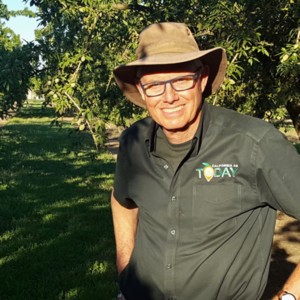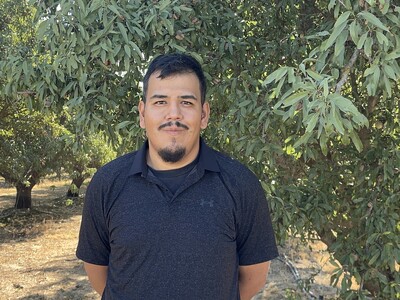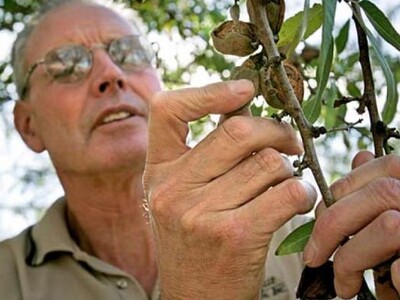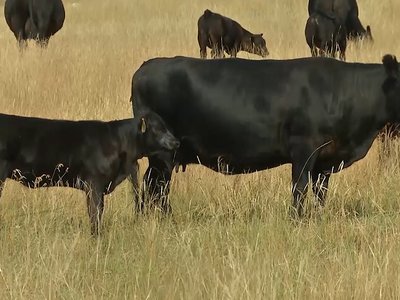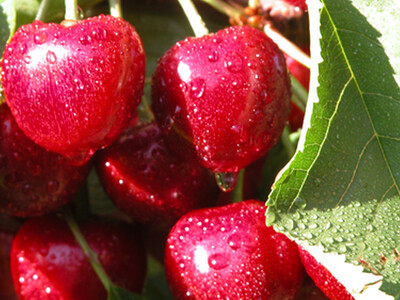Protecting the Early Fruitful Parts of Walnuts from Walnut Blight
Luke Milliron is UCANR farm advisor for Butte, Glenn and Tehama Counties. He noted that spray timing is critical to protect the fruit structures of the tree“The fruitful production is really front-loaded in the bloom timing and so if you have high blight levels, you're looking to get out when there's first catkin emergence or bud break,” noted Milliron. “That's a very early aggressive timing and then you're coming in seven days or so later with your next spray because as you know, there's just a tremendous explosion of growth that time of year on these trees and each day there is new growth that is unprotected. If you don't have spray product that you've delivered to it, it is not being protected by this rain splashed bacteria.”
Milliron said it's important to get excellent spray coverage. “Another annual fight would be the in in almonds with navel orangeworm. It's a similar deal here where you really need that contact of the spray to be exactly where you need it,” said Milliron. “So protecting this growth and so using spray cards, making sure you have a calibrated sprayer, replacing your nozzles, following all those basic steps to delivering a good spray job is going to be so critical.”



